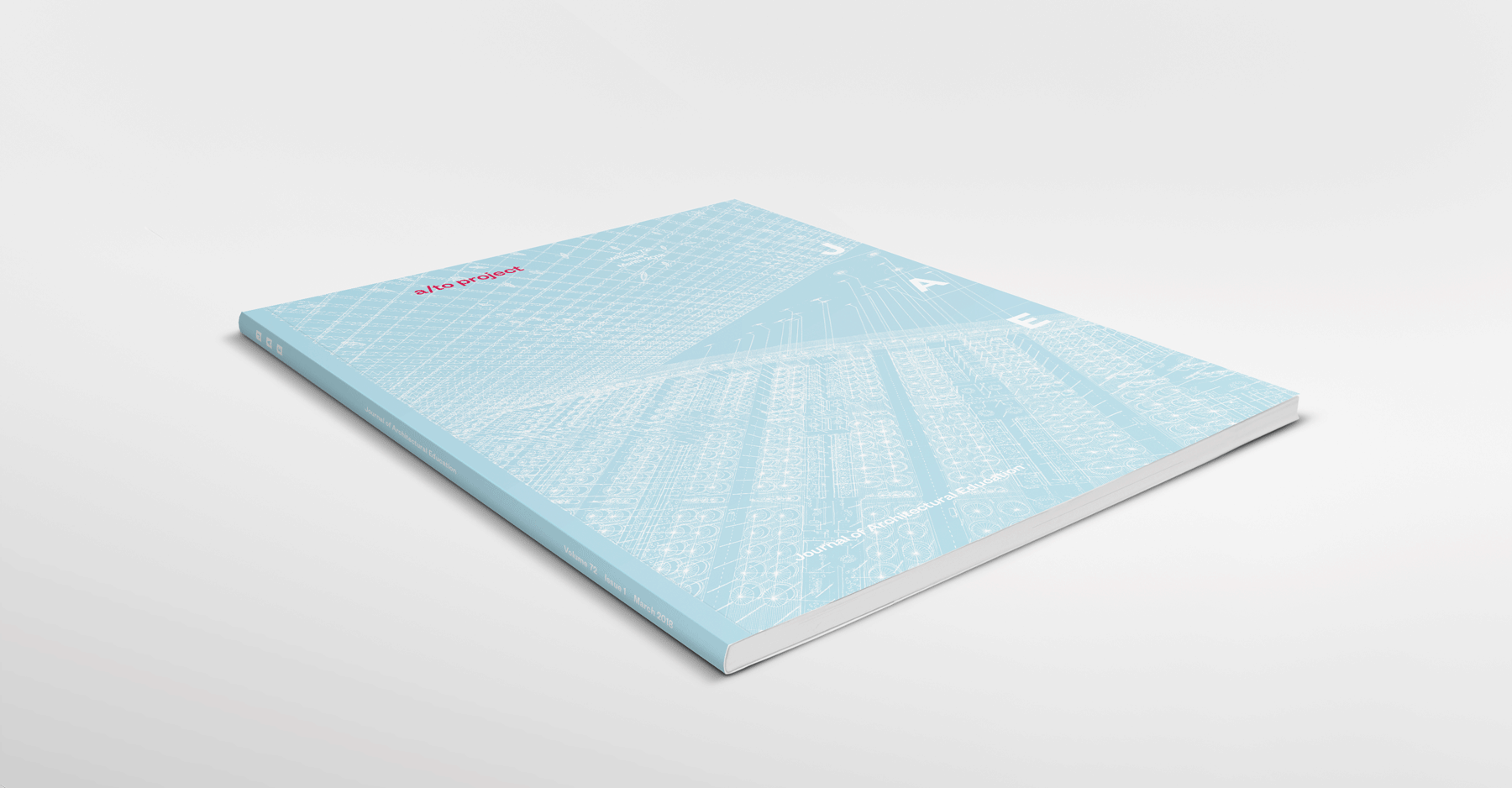
The Archaeology of Inhabited Ruins comes from a series of drawings made between 2011 and 2017 entitled The Aesthetics of Ruins, or The Absolute State of Architecture. The series develops a visual and theoretical framework within which architectural projects and the built environment can be read and designed in a timeless state—when architecture decays, transforms, and turns into a man-made nature, ultimately recovering a new architectural tectonics. It depicts a continuous life of architecture in which the distinction between architectural form and landscape ceases to exist, when ruins become inhabited and enabled with new functions. In such a state there would be no difference between topographic features, landscape, and built forms; they progressively turn into one another. Nature becomes man-made and architecture becomes timeless in a perpetual process. Indeed, the idea of architecture as ruin is nothing new; the concept has been explored quite extensively in various historical projects, from Piranesi’s reconstruction of Rome to Sir John Soane’s Bank of England to Franco Purini’s projective drawings. Reflecting on such genealogy, the Archaeology of Inhabited Ruins aims beyond a specific context to explore the limits of the architectural form, its function, and its autonomy in relation to the idea of timelessness. The drawings imagine an absolute state of architecture wherein the form lives no longer as a machine fulfilling a need, but rather as a fundamental element of an ever-changing palimpsest—a trigger for an Anthropocentric turn.
Continue Reading:





